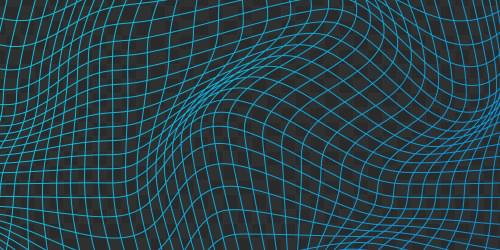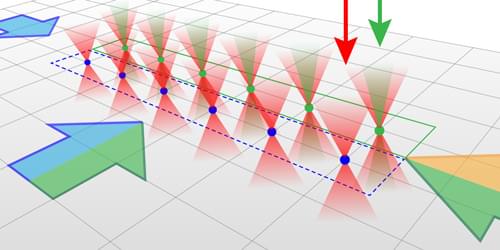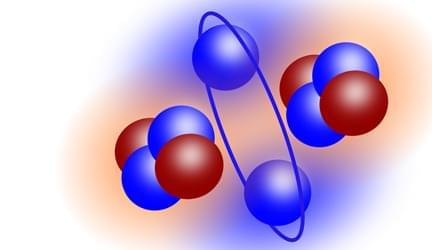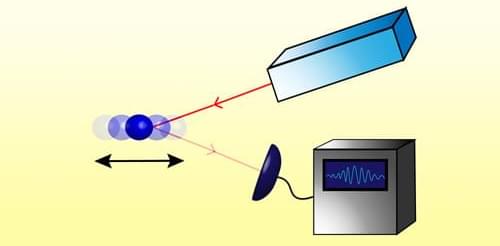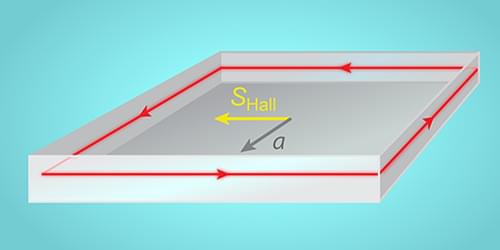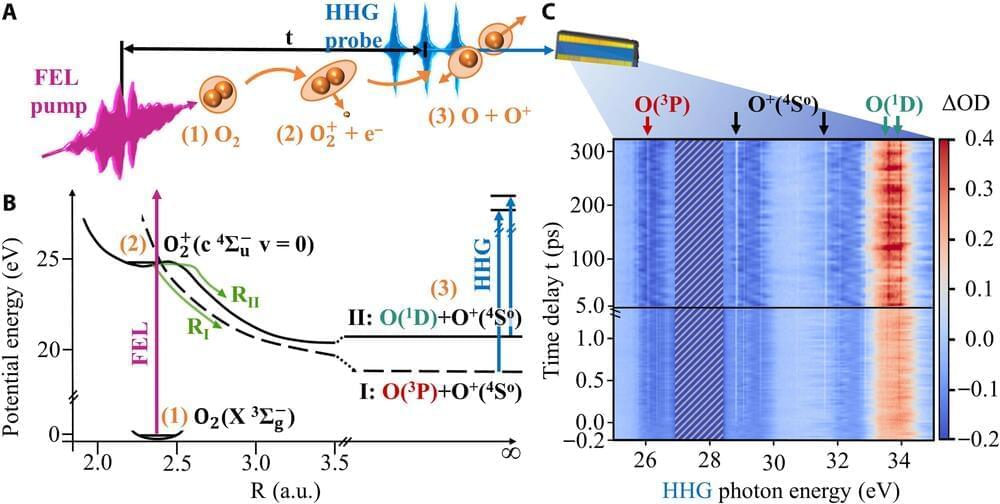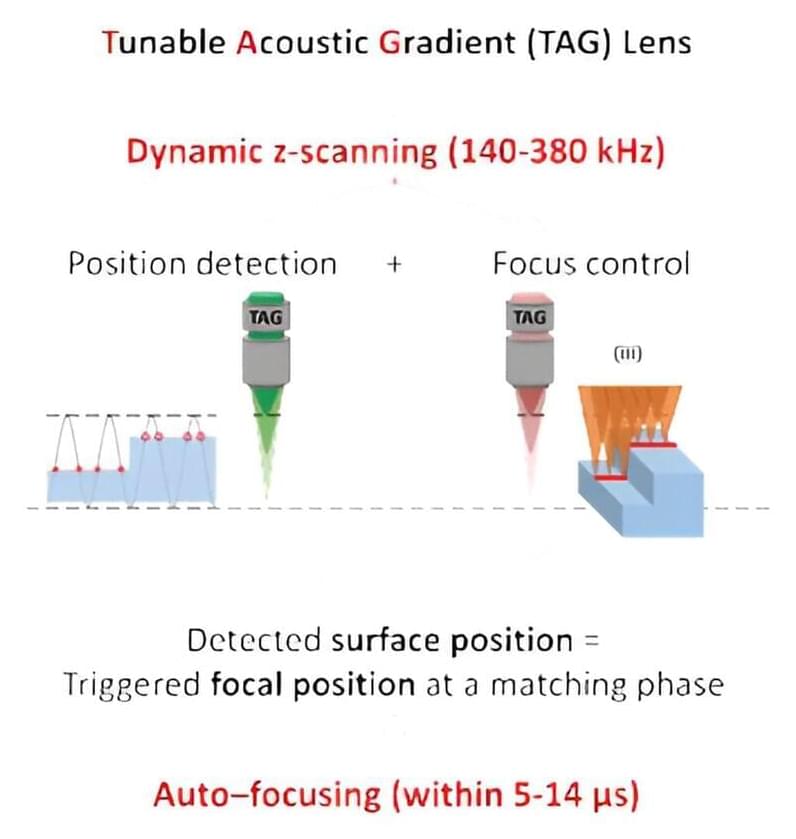Nov 23, 2023
Larry Summers Jumps to Center of AI Stage With OpenAI Board Seat
Posted by Kelvin Dafiaghor in categories: employment, robotics/AI
Late on Tuesday night, OpenAI announced the return of Sam Altman, its ousted chief executive officer, along with a revamped board that included one name not often associated with Silicon Valley: Larry Summers.
The economist and former Treasury Secretary joined Bret Taylor, a former co-CEO of Salesforce Inc., and existing board member Adam D’Angelo in forming what the company called an “initial board.” OpenAI’s prior directors fired Altman suddenly on Friday, setting off a dramatic saga that cast doubt on the future of the most closely-watched startup and technology.
OpenAI said it was still working to “figure out the details” of its new management in a post online. But with Summers it has a board member with deep ties to Wall Street and Washington — and an adamant belief that artificial intelligence is coming for white-collar jobs.

